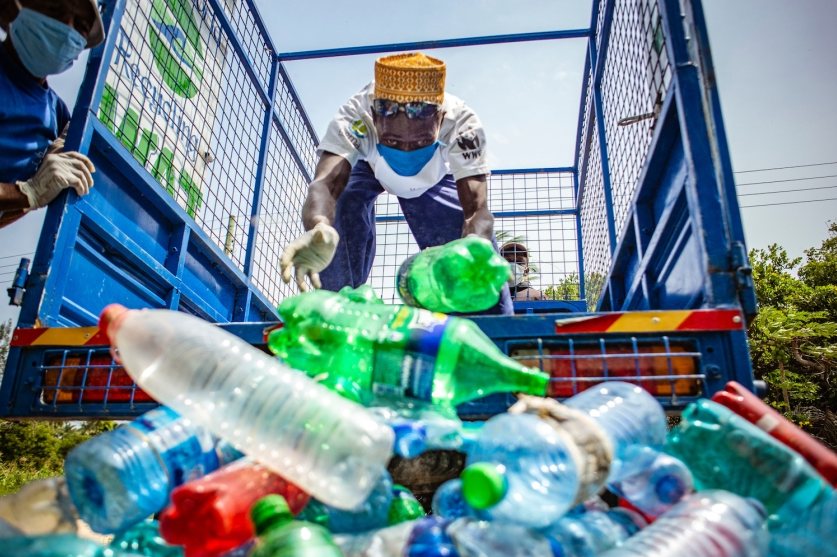From Nov. 28 to Dec. 2 in Punta del Este, Uruguay, representatives from governments, the private sector and civil society will begin work on a legally binding international instrument to end plastic pollution, including in the marine environment, a document they hope to complete by 2024.
Nine months ago, in March 2022, the resumed Fifth United Nations Environment Assembly adopted the Draft Resolution to End Plastic Pollution, a legally binding resolution to advance the global fight against plastic pollution. Countries entrusted the United Nations Environment Programme (UNEP) with convening and managing the INC (first meeting of the Intergovernmental Negotiating Committee) process.
The INC-1 negotiators are tasked with developing legally binding treaty-related measures and obligations. Possible measures include expanded producer responsibility legislation; subsidies, taxes and tariffs; and bans or restrictions on specific substances, polymers or products.
The INC Secretariat has prepared an analysis of the issues required for the transition to a circular economy in four main areas: eliminating and replacing unnecessary plastics and harmful additives, designing plastic products that can be reused and recycled, ensuring product reuse and recycling, and managing plastic pollution in an environmentally responsible manner.
The resolution comes amid a growing plastics crisis that experts say threatens the environment, human health and the economy. Studies show that humans produce about 460 million tons of plastic each year, a figure that will triple by 2060 if urgent action is not taken. According to a UNEP study, more than 14 million tons of plastic enter and damage aquatic ecosystems each year, and plastic-related greenhouse gas emissions are expected to account for 15 percent of total allowable emissions by 2050 if humans are to limit global warming to 1.5°
Experts say that recycling alone will not end plastic pollution and that humans need to reduce the consumption and production of plastic. This leads to what is called a life-cycle approach. In addition to managing plastic waste and promoting reuse, it looks at the way products are designed, manufactured and distributed, and tries to reduce the amount of plastic used along the way.
We are not going to recycle or ban our way out of the plastic pollution crisis," said Sheila Aggarwal Khan, director of the United Nations Environment Programme's Division of Economics. Waste collection and recycling are extremely important, but they must be part of an integrated approach."
According to a report by the United Nations Environment Programme, a life-cycle approach could reduce the amount of plastic entering the oceans by more than 80 percent, saving governments $70 billion by 2040. It could also reduce greenhouse gas emissions by 25 percent and create 700,000 jobs.

Studies show that humans produce about 460 million tons of plastic each year, a figure that will triple by 2060 if urgent action is not taken.

